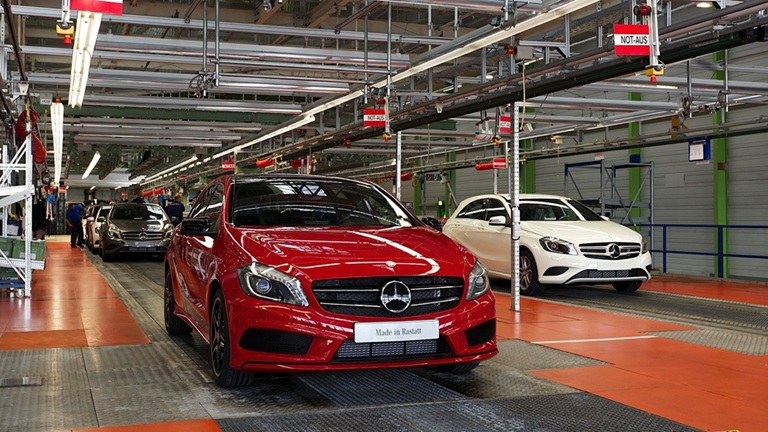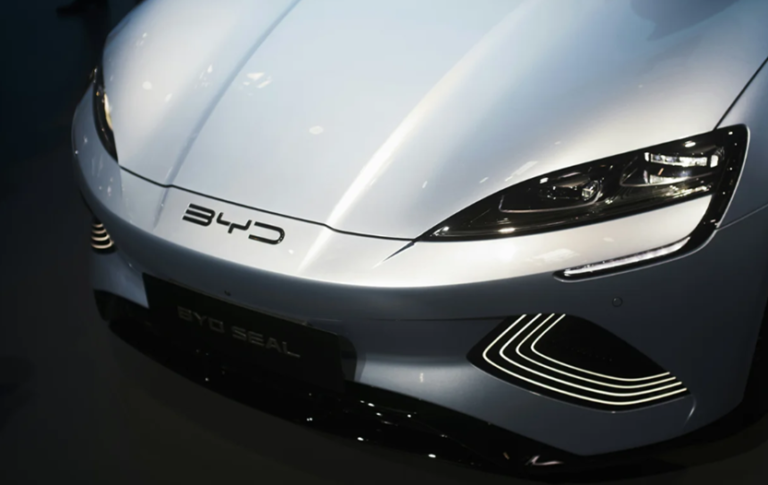In the third quarter, LVMH observed a decline in sales growth as consumers restrained their expenditure on premium Cognac and high-priced handbags, marking further evidence of a diminishing post-pandemic luxury upswing.
According to the company’s statement on Tuesday, organic revenue for LVMH’s crucial fashion and leather goods segment, which encompasses renowned brands like Louis Vuitton and Christian Dior, experienced a modest 9 percent increase, falling short of the 11.2 percent growth anticipated by analysts. Meanwhile, sales within the wines and spirits division plummeted by a substantial 14 percent, exceeding the initially anticipated decline.
LVMH Moet Hennessy Louis Vuitton SE, previously a darling of investors, has lost some of its appeal as China’s economic rebound fell short of expectations, and the enthusiasm of American consumers for luxury goods waned. Last month, the luxury conglomerate ceded its title as Europe’s most valuable company to Ozempic maker, Novo Nordisk A/S.
LVMH’s stock witnessed a significant decline on Wednesday, marking its lowest point since December. Luxury brands’ shares have been under pressure due to a combination of factors, including a slowdown in China’s economy and heightened uncertainty stemming from increasing interest rates in Europe and the United States.
Shares in LVMH were down by around 6% in early trading, set for their worst day since March 2020. Stock prices of competitors like Kering, Hermes, Swatch, Richemont, and Burberry were similarly affected.
Investors have expressed doubts about the demand for stocks in the luxury goods industry due to the slower-than-expected recovery in China, a significant catalyst for the luxury fashion market.
Over the period since the end of March, the combined market capitalization of ten prominent European luxury goods companies has diminished by approximately $175 billion. This decline has been primarily attributed to China’s uneven economic recovery, the deceleration of growth, and the impact of surging inflation and rising interest rates, prompting American consumers to exercise caution in their spending.
(Source: Angelina Rascouet | Business of Fashion | Mimosa Spencer | Sudip Kar-Gupta | Jane Merriman | Reuters)









